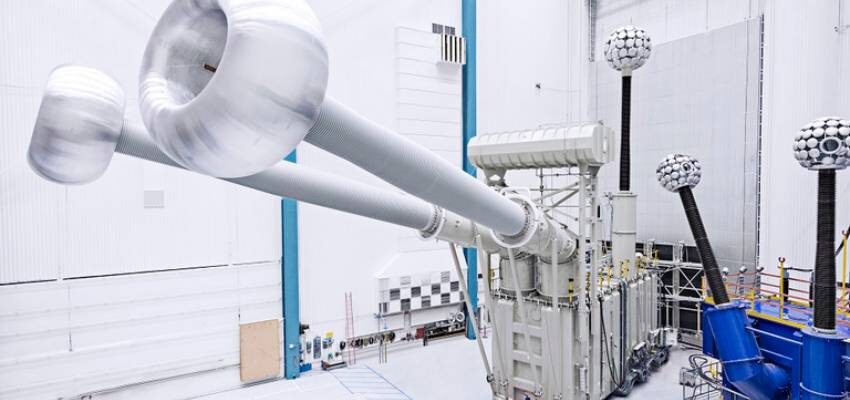NEMA direct current standards overview
USA, Virginia, Roslyn: The market for direct current (dc) products in medium- and low-voltage applications are already here.

Image source: T&D World
USA, Virginia, Roslyn: The market for direct current (dc) products in medium- and low-voltage applications are already here.
National Electrical Manufacturers Association (NEMA) members have identified a range of dc product design, performance, and testing requirements that are and / or will be needed as dc technologies become more integrated into the North American power grid.
Later this year, NEMA transformer manufacturers will begin work on two standards to address the use of low-voltage transformers in data centres. These transformers are often located indoors and have unique environmental requirements such as temperature rise and airflow. There are also heightened equipment monitoring requirements, given the proximity to servers and valuable data.
NEMA transformer manufacturers will also begin work on several standards to address the use of medium-voltage transformers in renewable generation applications. Step-up and step-down transformers are required on both ends of the bus (≈1 kV to 24 kV). Also, grid planners frequently connect load centres such as small towns / cities with MV dc connections to facilitate greater power flow control and renewable penetration. Another possible development for renewable energy projects in the future is “green hydrogen,” in which hydrogen fuel can be generated from renewable generation such as solar and wind. NEMA members will develop consensus standards for dc transformers for use in these and other related applications.
The increasing need for reliable and resilient energy drives the development of distributed energy sources, including renewables. Dc technologies, including solar PV, batteries, and hydrogen fuel cells, are at the forefront of these technology developments. Dc meter applications are expected to quickly evolve as the interest in efficient dc services continues to expand. ANSI C12.32 has been created in response to a market need to measure dc energy sources and loads. ANSI C12.32-2021 was approved on 4 March 4 and will soon be published.
Source: T&D World




